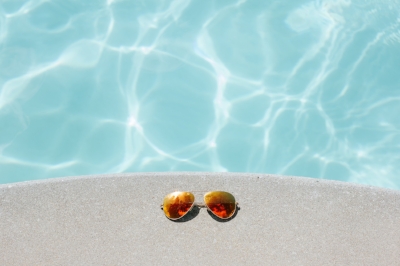Q: With summer around the corner, the stores are stocking up on sunscreen. There are so many different kinds—how do I know which sunscreen to pick?
A: While it may be spring, yet feel like winter, sunscreen should still be applied daily. Sunscreen is important, because it helps protect you from skin cancer and premature aging. The sun’s rays are just as damaging, even in the winter! So how do you decide which bottle to buy? With the overabundance of products on the market, it may be hard to choose. Do you go for the one that has the highest SPF? The one that offers the best tan? The spray can? The lotion? I hope I can give you some guidance in what the best sunscreen options are for you.
First of all, let’s try to understand what all the letters on the bottle stand for:
What is SPF?
According to a survey done by JAMA Dermatology, only 43% of people knew what SPF was or what it stood for. SPF stands for sun protection factor, which measures a sunscreen’s ability to filter UVB. Higher SPF is not always better. A sunscreen with SPF 100 does not necessarily mean it is significantly more effective than a sunscreen with SPF 30. SPF 15 filters approximately 93% of UVB rays, SPF 30 filters about 97% of UVB rays, and SPF 50 filters about 98% of UVB rays. For a real-life example, an SPF of 30 means that you could stay out in the sun for 30 times longer than if you were wearing no sunscreen at all; so if it would normally take you 10 minutes to get burnt, wearing this sunscreen will give you 300 minutes before you would get burnt. Please keep in mind, that regardless of how long the SPF, you STILL need to reapply every 2 hours, and that only sunscreens with an SPF of 15 or higher can protect against skin cancer.
What is UVB?
Ultraviolet-B is the cause of skin reddening and sunburn, as well as being responsible for skin cancer. Its intensity varies by season, location, and time of day. The most significant amount of UVB is between 10 AM and 4 PM from April to October in the U.S.
What is UVA?
Ultraviolet-A penetrates the skin more deeply than UVB and has been known to play a major part in aging and wrinkling. Like UVB, it also contributes to the development of skin cancers. These rays are present during all daylight hours, throughout the year, and can penetrate clouds and glass.
Recommendations:
For a typical adult, it is recommended to use sunscreen that is water resistant and broad spectrum. No sunscreen is waterproof or sweat-proof, so you must reapply every 2 hours, or as suggested on the bottle’s label. An SPF 30 sunscreen is an excellent choice, considering that the difference in filtering rays is only 1% for anything above it. The American Academy of Dermatology recommends applying 1 ounce (2 tablespoons), or enough to fill a shot glass, and covering every exposed area of the body.
**DISCLAIMER** This article is not a substitute for medical advice from a healthcare provider.











